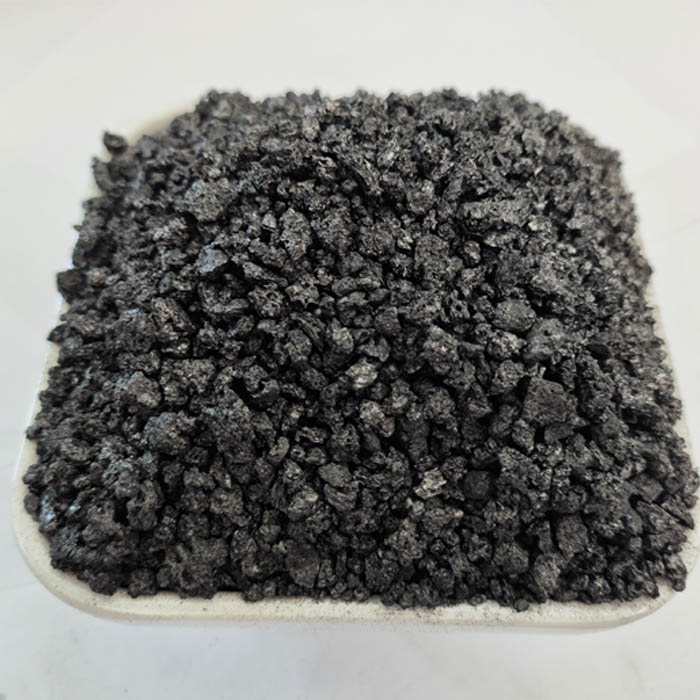Oct . 21, 2024 20:36 Back to list
Advanced Metallurgical Techniques for Enhancing Precious Metal Quality and Sustainability in Production
High-Quality Metallurgy of Precious Metals
Precious metals have held significant value throughout human history, not only for their aesthetic appeal but also for their unique physical and chemical properties. Metals such as gold, silver, platinum, and palladium are at the forefront of high-quality metallurgy, which emphasizes the need for precision, expertise, and advanced technology in their extraction, processing, and fabrication. This article explores the metallurgical principles that enable the production of high-quality precious metal products, the challenges associated with these processes, and the emerging trends in the industry.
Understanding Precious Metals
Precious metals are characterized by their rarity, economic value, and intrinsic properties, such as resistance to corrosion, high density, and excellent conductivity. Gold, for example, is highly malleable and ductile, making it ideal for intricate designs and applications, from jewelry to electronic components. Silver, often revered for its thermal and electrical conductivity, finds extensive use in industries ranging from photography to renewable energy. Platinum and palladium are critical in catalytic converters for automotive applications, showcasing the diverse utility of these metals.
Metallurgical Processes
The high-quality metallurgy of precious metals involves several key processes, starting with ore extraction. Miners often utilize traditional methods like hard rock mining, or more advanced techniques such as heap leaching and bioleaching. These methods help to selectively extract the desired metals while minimizing environmental impact.
Once extracted, the metallurgy process continues with refining. Refining is crucial for ensuring the purity of precious metals, which is typically measured in karats for gold or fineness for silver and platinum. Techniques such as electrolysis, cupellation, and chemical methods are used to separate impurities, resulting in high-purity metals that meet industry standards. This stage is vital, especially for industries that demand stringent quality controls, like electronics and medical devices.
The final step in metallurgy is the fabrication of precious metals into usable products. This stage involves techniques such as casting, forging, and machining, where metallurgists must ensure that the mechanical properties of the metals are preserved or enhanced. Advanced technologies, such as 3D printing, have revolutionized the fabrication process, allowing for complex designs and reducing waste.
high quality metallurgy precious metals

Challenges in Precious Metal Metallurgy
Despite advancements in metallurgy, challenges remain in the industry. One significant issue is the environmental impact of mining and refining processes. Over the years, there has been an increasing push for sustainable practices. The aim is to minimize ecological damage and ensure responsible sourcing of precious metals. Initiatives such as recycling and urban mining—recovering metals from electronic waste—are on the rise and offer promising solutions to reduce environmental footprints.
Moreover, the fluctuating market rates for precious metals pose economic challenges. The costs associated with extraction, processing, and refining can vary greatly with market conditions, affecting industry profitability. Companies must adapt to these fluctuations by optimizing their operational efficiencies and exploring innovations to reduce production costs.
Emerging Trends
The precious metals industry is witnessing several trends that promise to reshape how these materials are processed and utilized. The incorporation of AI and machine learning in metallurgical processes is paving the way for more efficient operations. By analyzing vast amounts of data, AI can optimize extraction techniques, predict market trends, and improve product quality.
Additionally, there is a growing interest in the development of new alloys and composites that enhance the properties of precious metals. Innovations aimed at improving durability, corrosion resistance, and thermal stability are essential for pushing the boundaries of what precious metals can achieve.
Conclusion
High-quality metallurgy of precious metals is a sophisticated field that intertwines art, science, and technology. As the demand for these metals continues to escalate across various sectors, the focus on enhancing metallurgical processes, sustainability, and technological advancements will play a pivotal role in shaping the future of the industry. By embracing these challenges and innovations, the precious metals sector can continue to thrive, ensuring that these valuable resources are utilized to their fullest potential while minimizing environmental impact.
-
Thermal Insulation Cups Materials Exporters - Quality & Durable Supplies
NewsAug.22,2025
-
High-Purity Graphitized Petroleum Coke & Low Nitrogen Recarburiser
NewsAug.21,2025
-
High-Performance Fe-C Composite Pellets for BOF
NewsAug.19,2025
-
Tundish Dry Vibrator: Enhance Refractory Life & Casting Efficiency
NewsAug.18,2025
-
Building Material for Round Wall Exporters: Quality & Durable
NewsAug.17,2025
-
Low Nitrogen Graphitized Petroleum Coke | High Purity Recarburiser
NewsAug.16,2025
